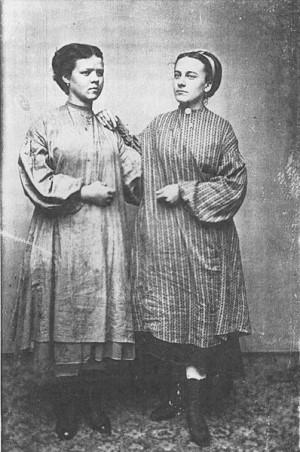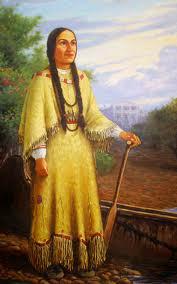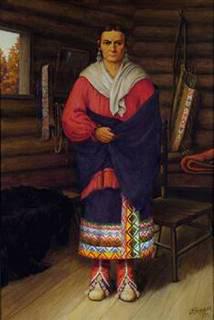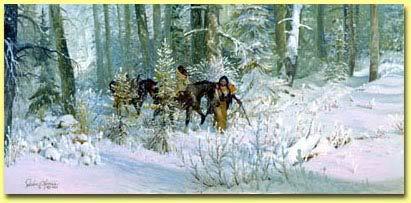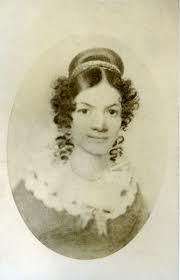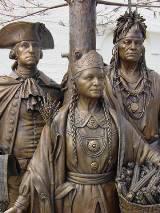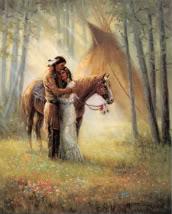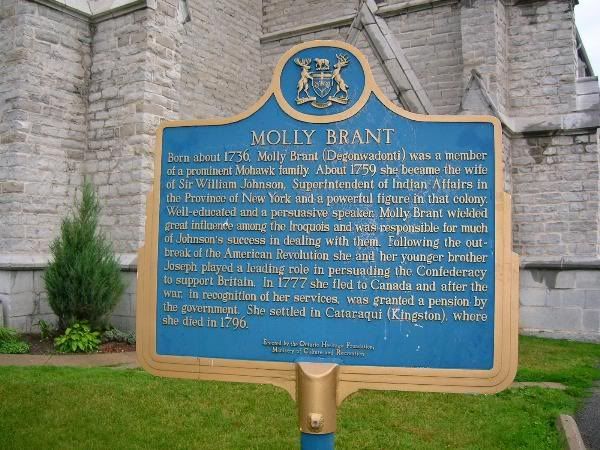Native American Mill Girl During the 1830s and 1840s, Betsey Guppy Chamberlain (daughter of an Algonquian woman) worked in the textile mills of Lowell, Massachusetts and wrote stories for two workers’ magazines. A brave and pioneering author, Chamberlain wrote the earliest known Native American fiction and some of the earliest nonfiction about the persecution of Native people. Image: Betsy Guppy Chamberlain, right With another Lowell Mill girl Early Years Betsey Guppy was born December 29, 1797 in Wolfeboro, New Hampshire on the shore of Lake Winnipesaukee. She was the daughter of William Guppy and Comfort Meserve Guppy. She was of mixed race: American and Algonquian Indian. Betsey married Josiah Chamberlain on June 25, 1820, and they had two children; he…
